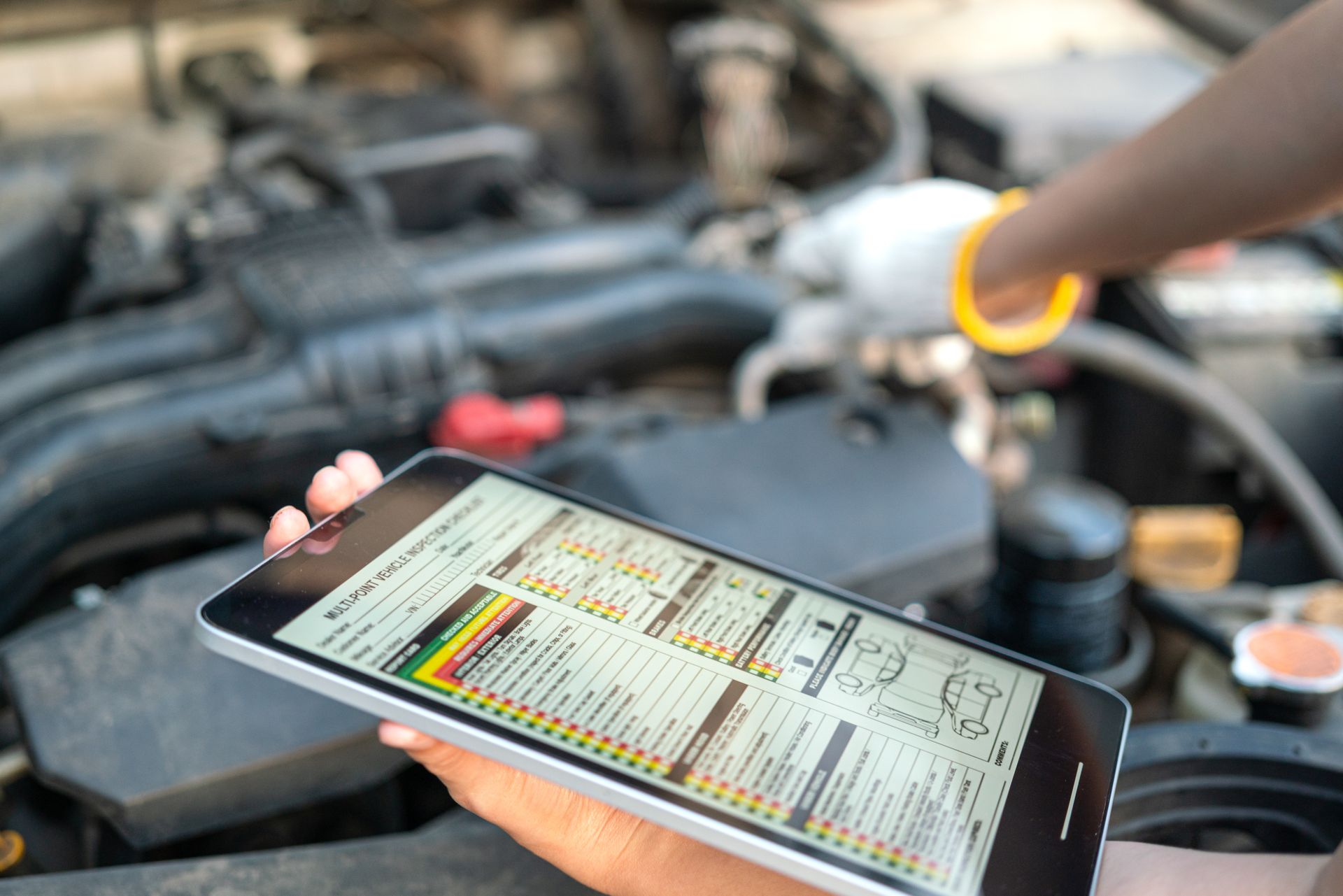It’s easy to assume that a computer scan can tell you everything that’s wrong with your car. You plug it in, wait for a few codes to pop up, and there’s your answer—right? Not quite. While computer diagnostics have come a long way and are incredibly helpful in identifying problems, they’re not always the final word.
A diagnostic scan tool is just that—a tool. It gives you a piece of the puzzle, not the full picture. So before you place all your trust in a code reader, it’s worth understanding what diagnostics can (and can’t) really do.
What Car Diagnostic Tools Actually Do
When a technician hooks up a scan tool to your car’s onboard computer, it communicates with the vehicle’s control modules. These modules monitor all sorts of systems—engine performance, emissions, transmission, ABS, and more.
If something goes out of range or behaves abnormally, your car stores a code, sometimes turning on the check engine light. The scan tool retrieves these codes, which act as a starting point. But here’s the catch: a code doesn’t always tell you the exact problem. It often points to a system or symptom, not the failed part itself.
For example, a code might suggest a misfire in cylinder 3, but it won’t tell you whether a faulty spark plug, bad ignition coil, or an injector issue cause it. That’s where experience and further testing come in.
Experience Still Matters
A code reader in the hands of an experienced technician is powerful. But in the wrong hands, it can be misleading. One of the biggest misconceptions is that you can simply replace the part listed in the code and fix the issue. In reality, many problems share the same symptoms, and that’s where a lot of misdiagnoses happen.
Let’s say you get a code for an oxygen sensor. Is the sensor actually bad? Or is the engine running rich because of a vacuum leak, making the sensor readings appear off? If someone replaces the sensor without checking the bigger picture, you’re left with the same problem—and a lighter wallet.
That’s why a proper diagnostic always goes beyond the computer readout. A good technician uses the code as a lead, then confirms the issue through visual inspections, manual tests, and sometimes even road testing.
The Modern Diagnostics
Even with their limitations, computer diagnostics are still a huge leap forward. Years ago, figuring out what was wrong with a car was a process of elimination. Today, scan tools speed things up, reduce guesswork, and help spot problems early.
They also store freeze-frame data—snapshots of what your car was doing at the time the fault occurred. This can help identify intermittent issues that don’t always happen during an inspection.
And modern diagnostics go beyond just reading codes. High-end tools allow for live data monitoring, meaning a technician can watch how different systems behave in real time while the car is running. That kind of insight is incredibly valuable when trying to pinpoint performance problems.
Where DIY Diagnostics Fall Short
There are plenty of affordable OBD-II scanners out there for everyday drivers, and they’re useful for basic checks. But they often provide limited information and don’t show the full story. Some even suggest which part to replace, which can be more misleading than helpful.
The other issue is interpretation. Two people can read the same code and come to completely different conclusions. That’s why professional diagnostics aren’t just about having the right tools—they’re about knowing how to read between the lines.
If you’re trying to save money by diagnosing the issue yourself, just be cautious. Use the information as a starting point, but don’t assume a quick scan equals a complete diagnosis.
When to Trust the Scan—and When to Ask Questions
If your check engine light is on and the car’s driving fine, don’t panic. A diagnostic scan can give peace of mind and potentially save you from future issues. But don’t be afraid to ask your repair shop questions. A trustworthy shop like Precision Diagnostics will explain what the codes mean, what tests they’re doing, and why they’re recommending a specific repair.
On the other hand, if you’re getting vague answers or being told to “just replace a part and see,” it might be time to seek a second opinion. A quality diagnostic process should feel transparent, not rushed or confusing.
If your check engine light is on or your car just isn’t running right, trust the pros at
Precision Diagnostics in Plainfield, IL, to give you clear answers—not just codes. Our team combines advanced scan tools with hands-on experience to find and fix the real problem. Call us today to schedule your diagnostic check!



